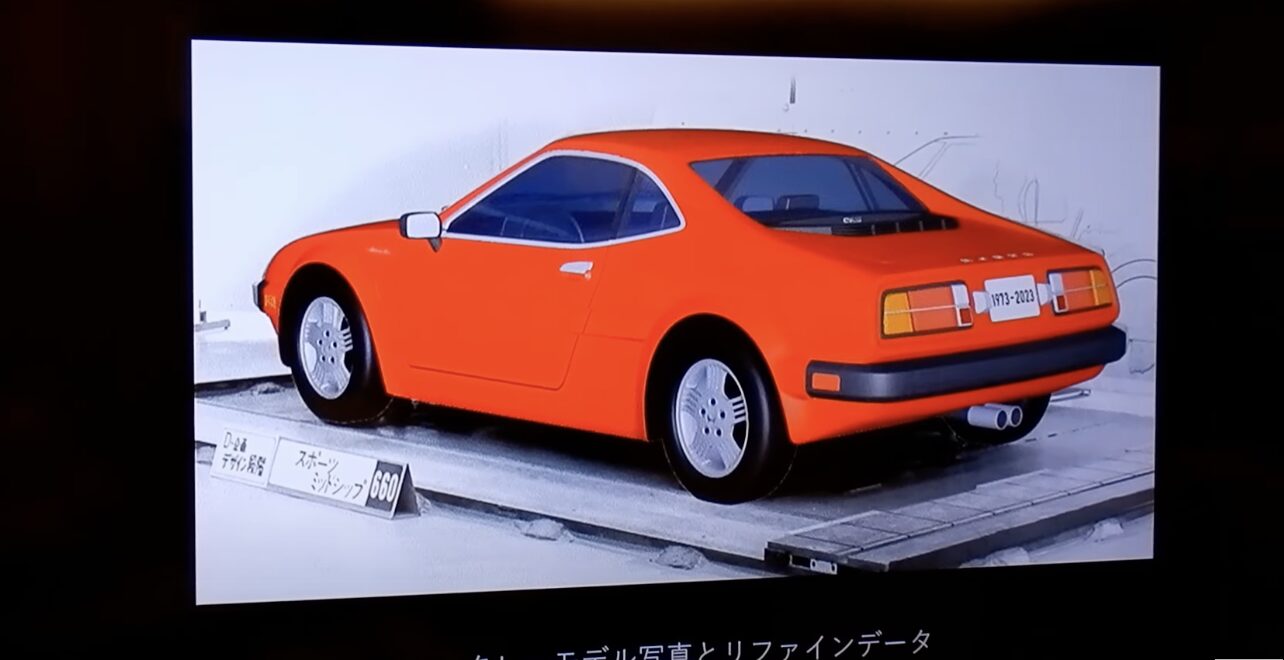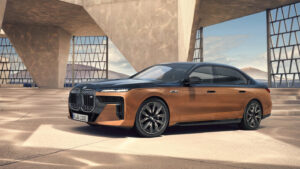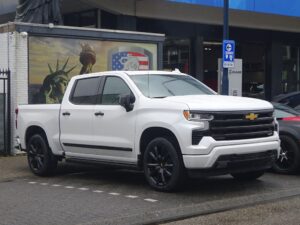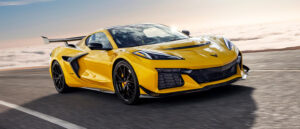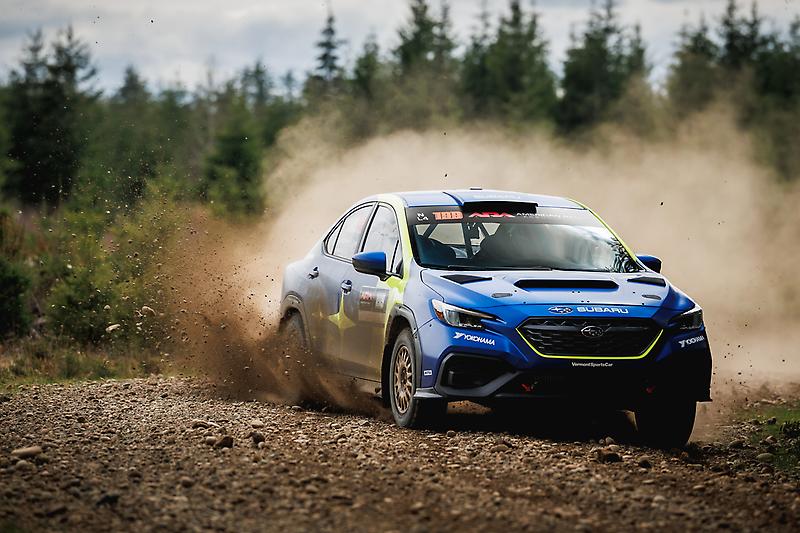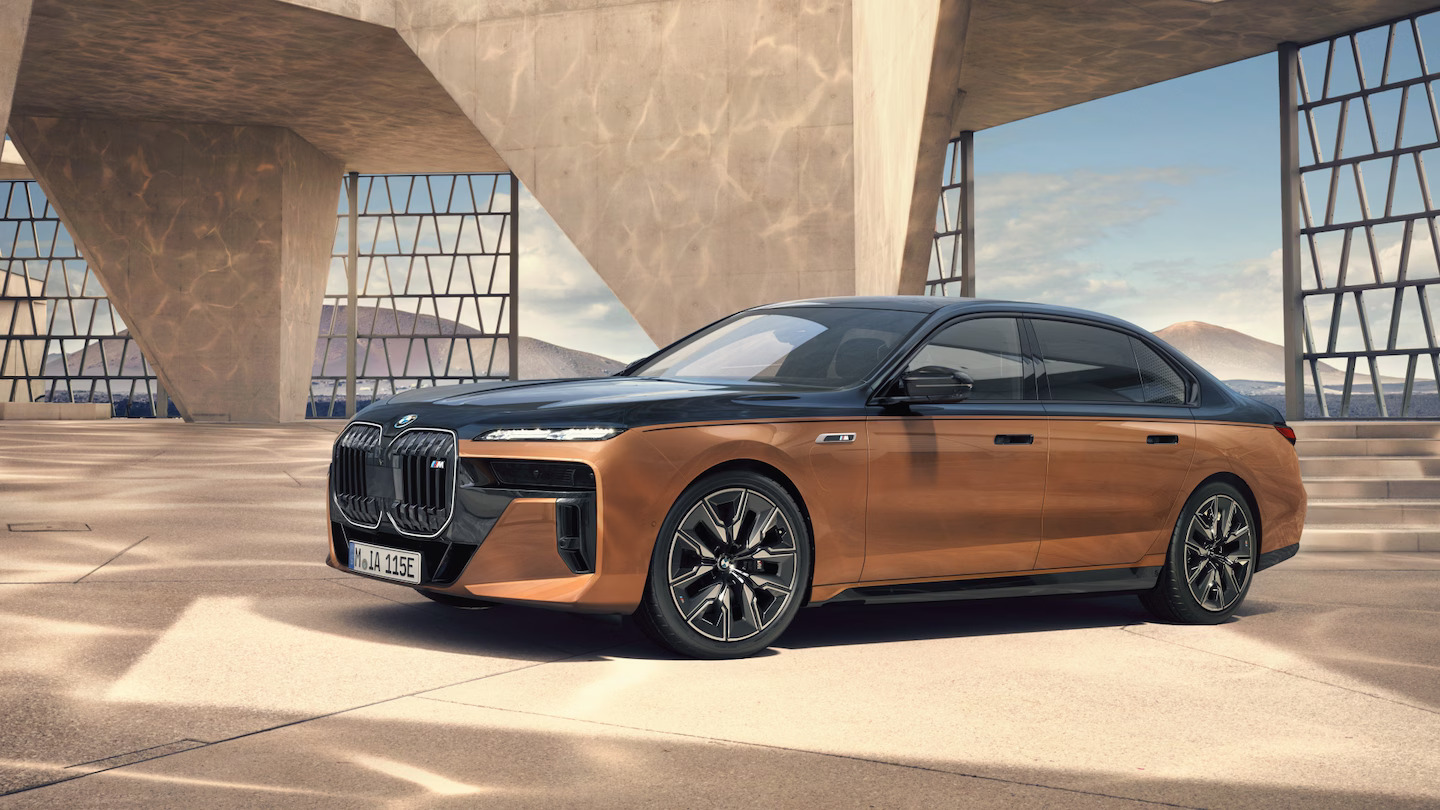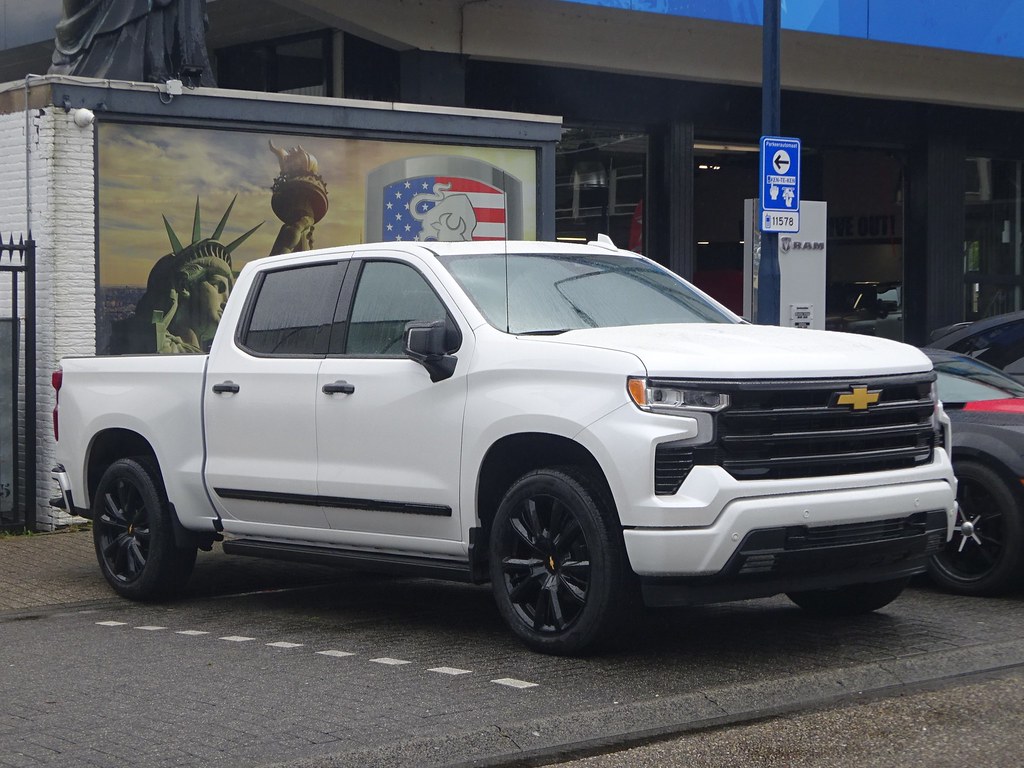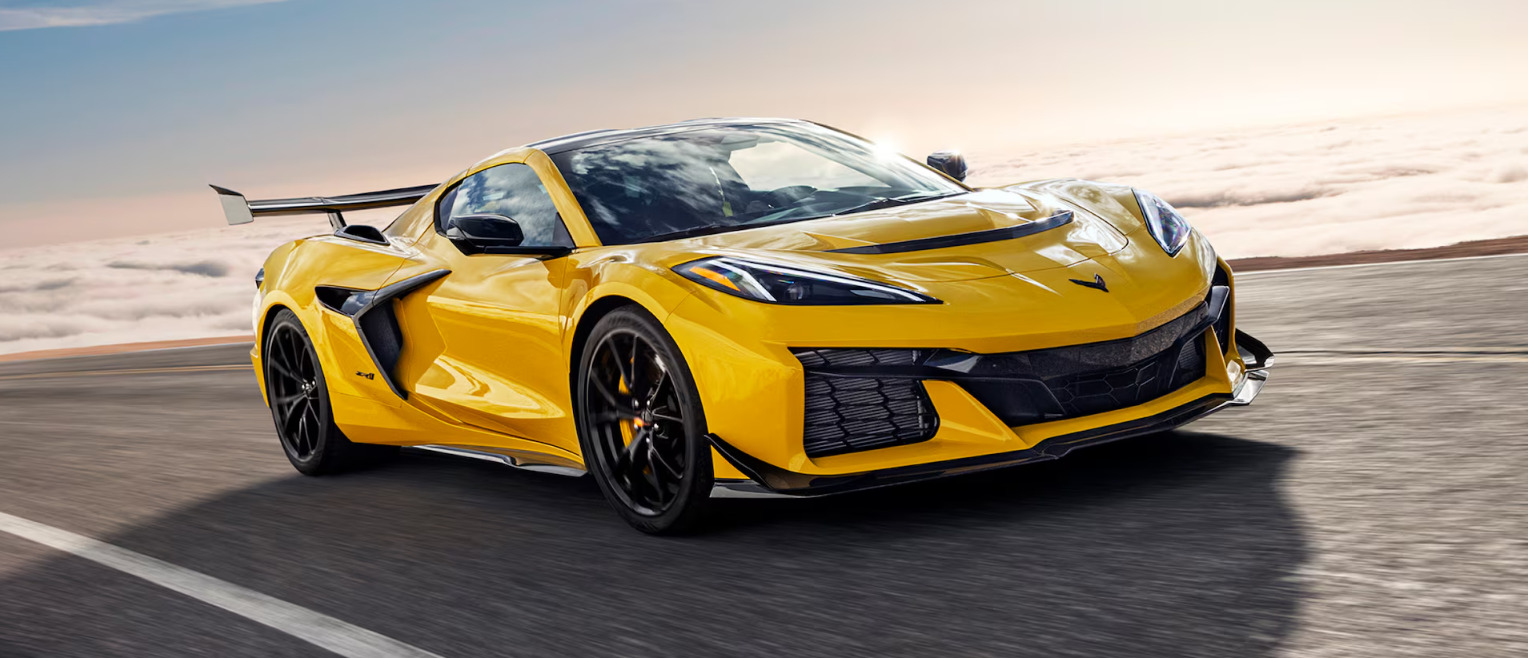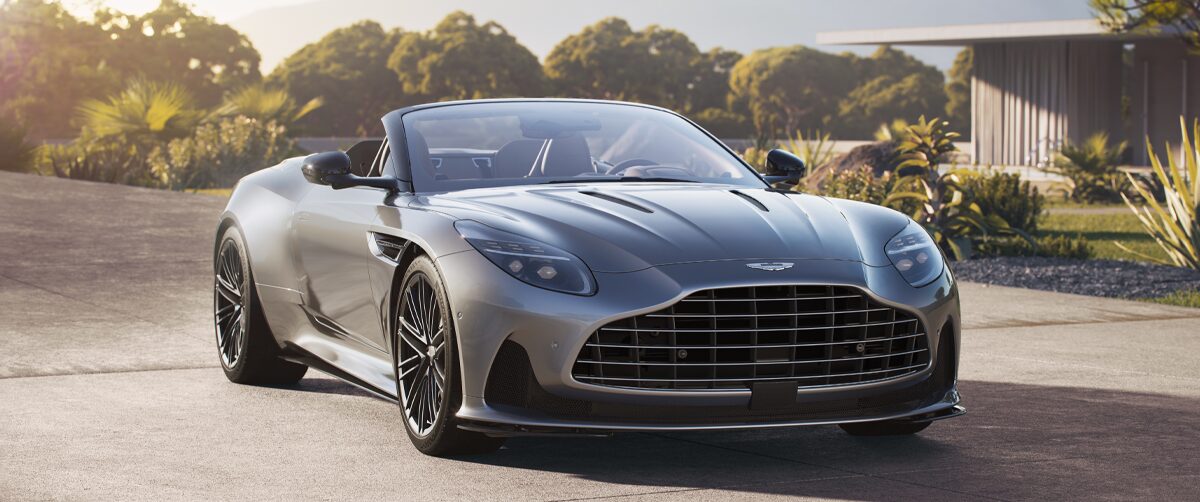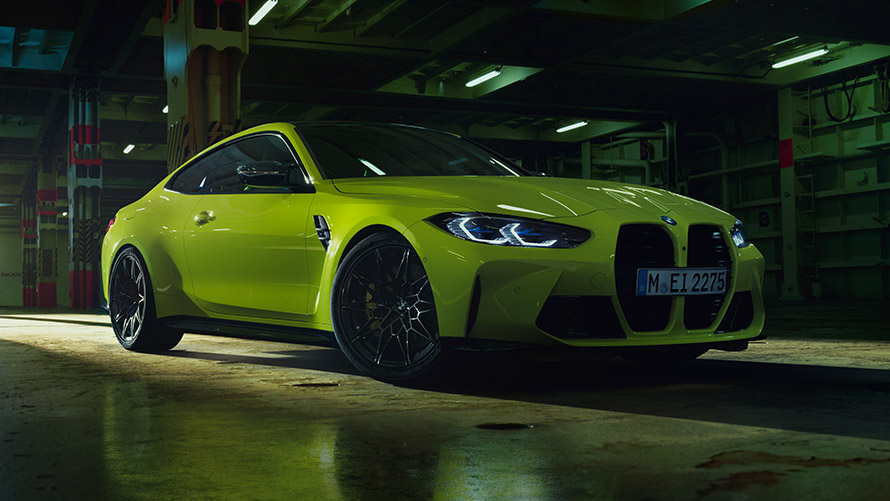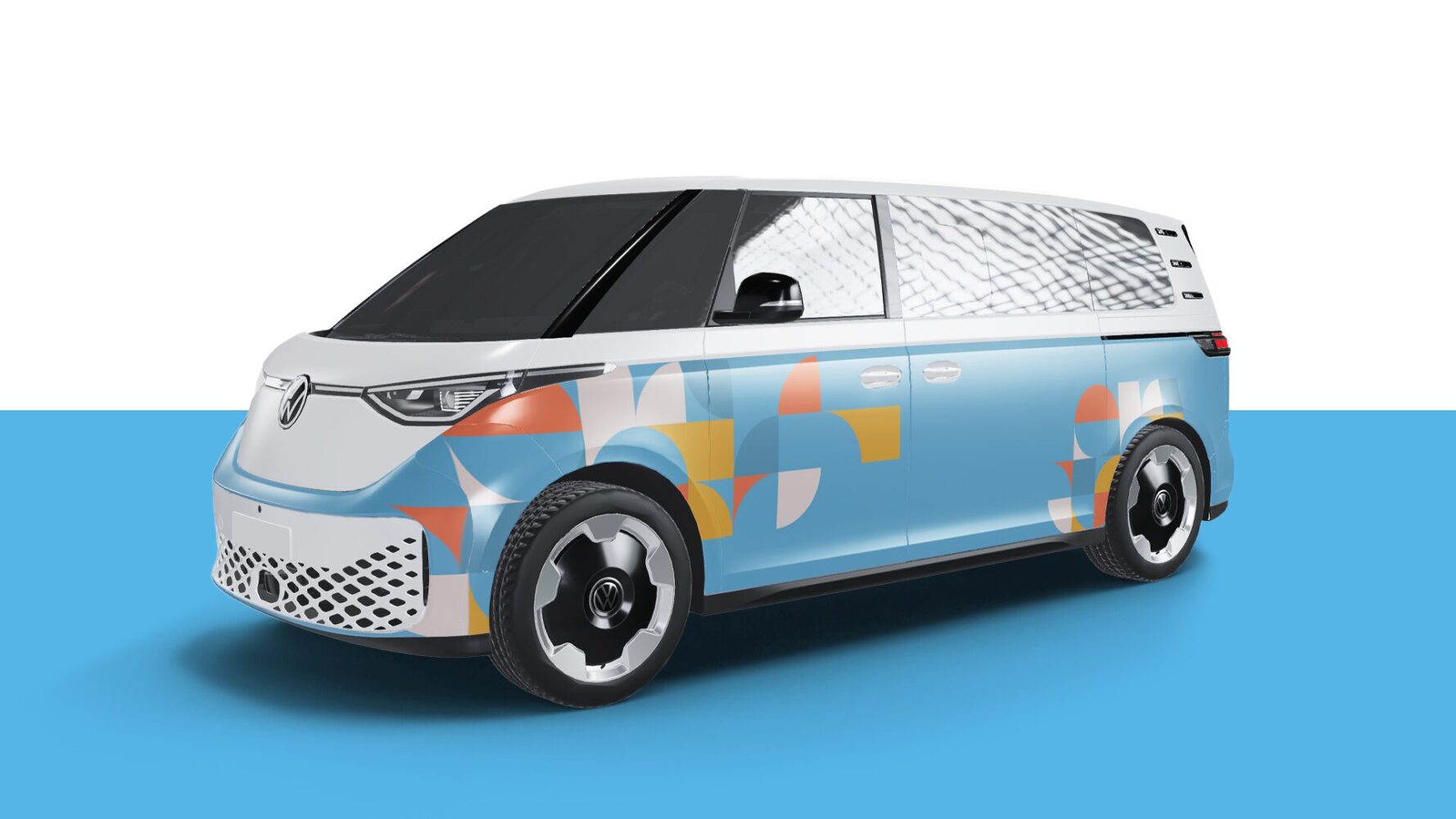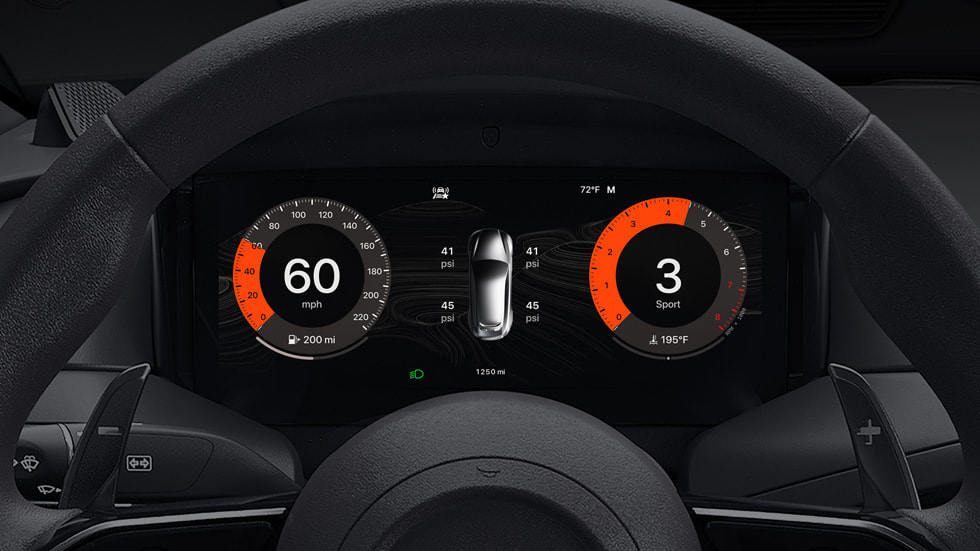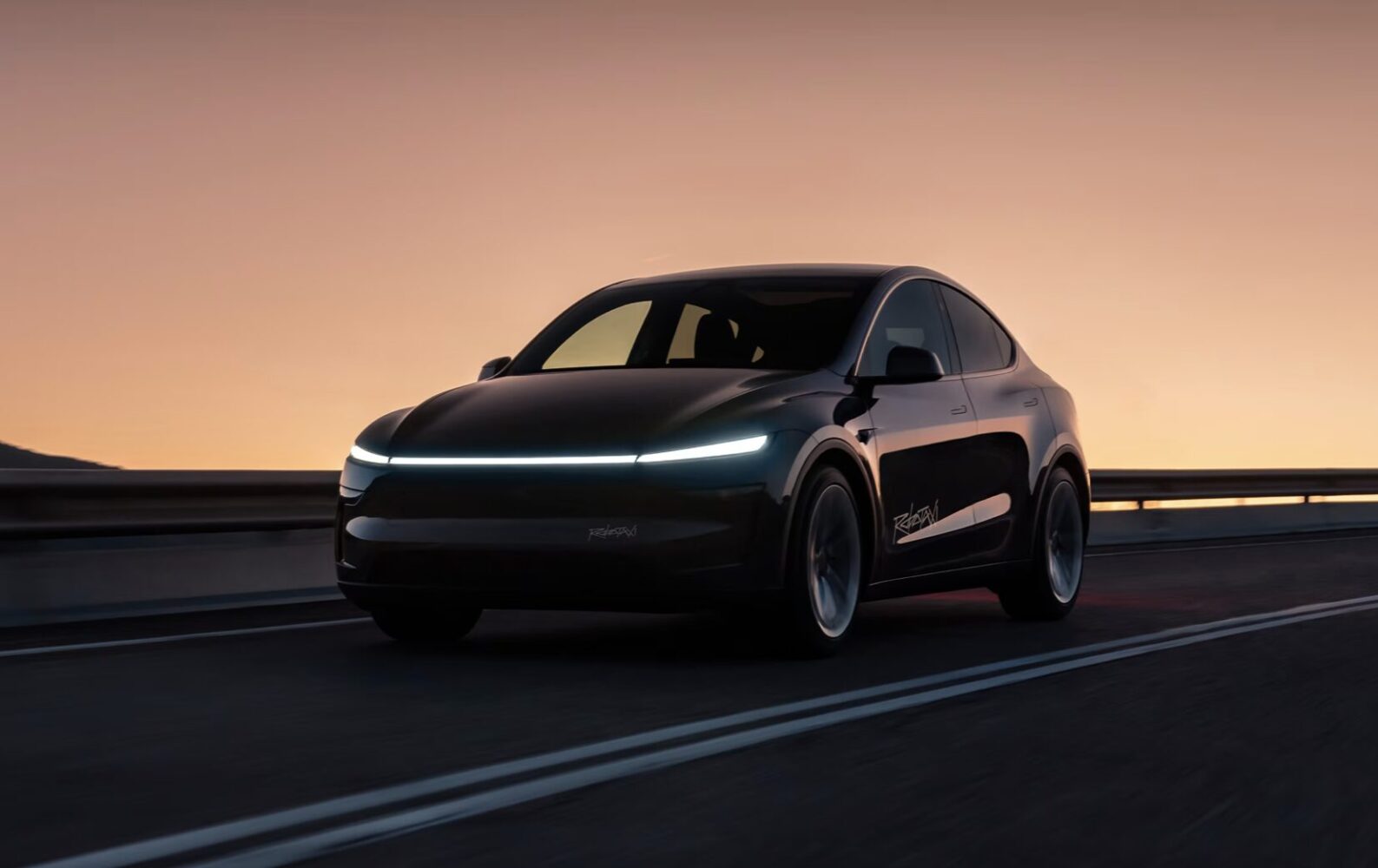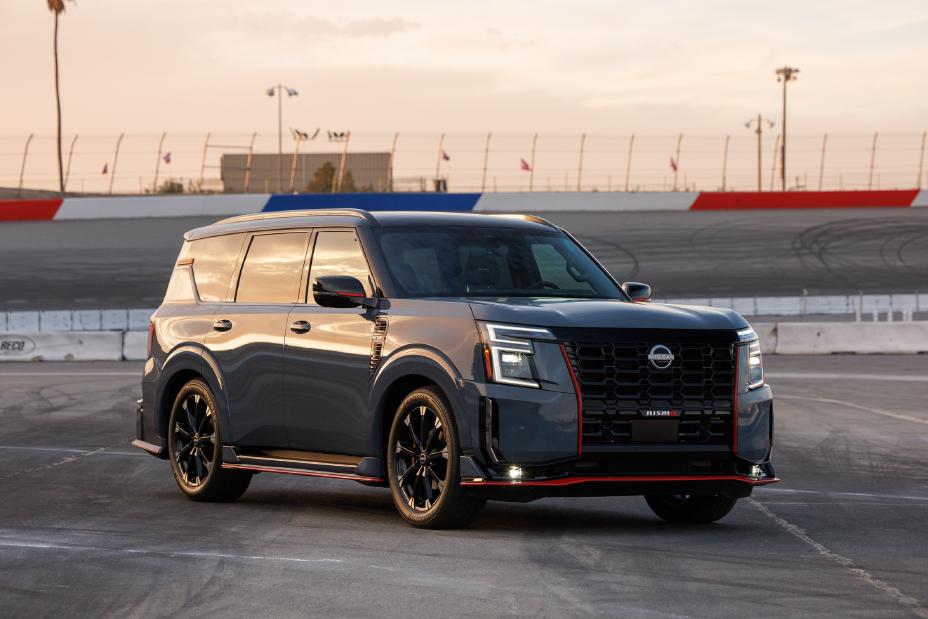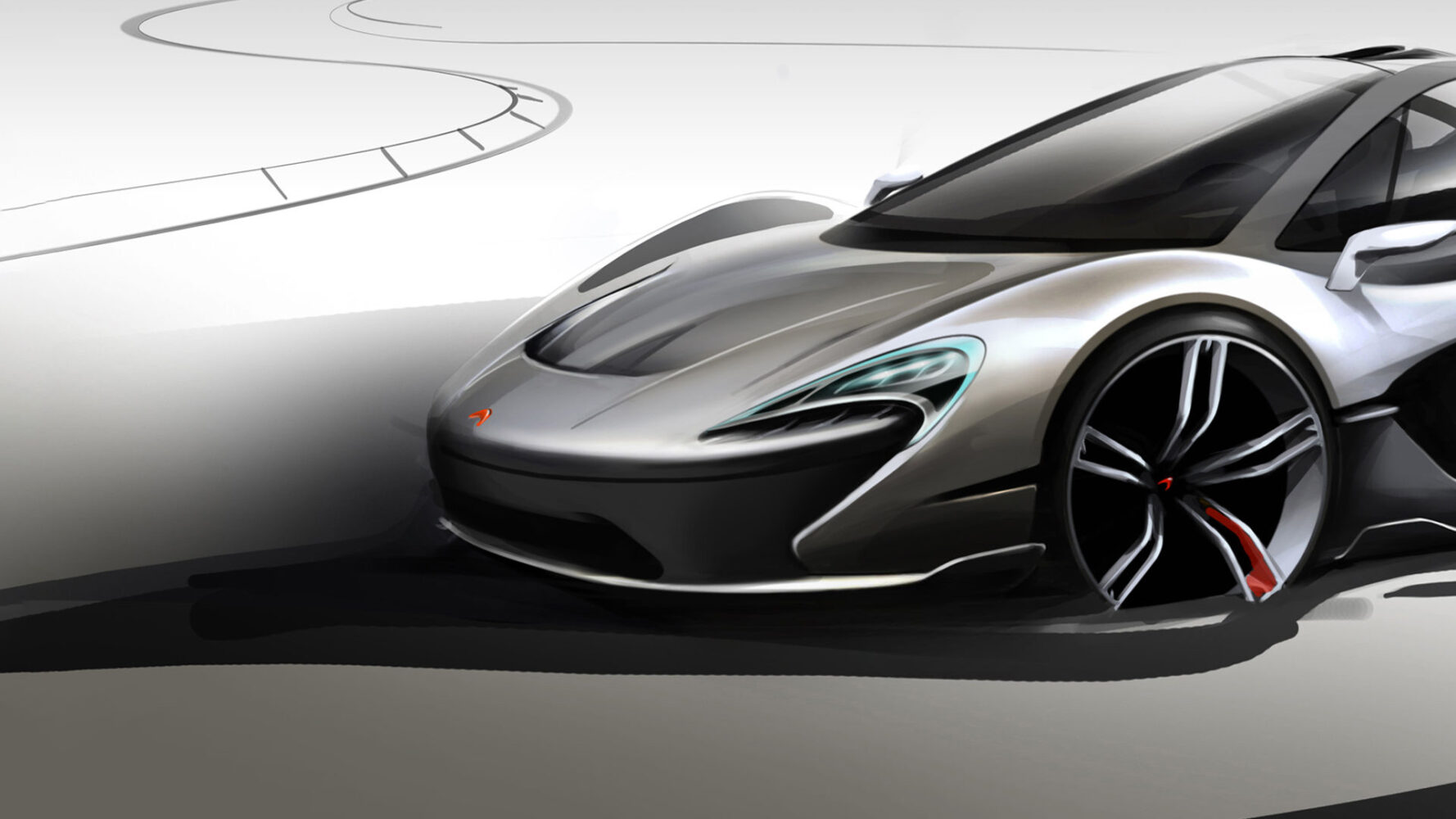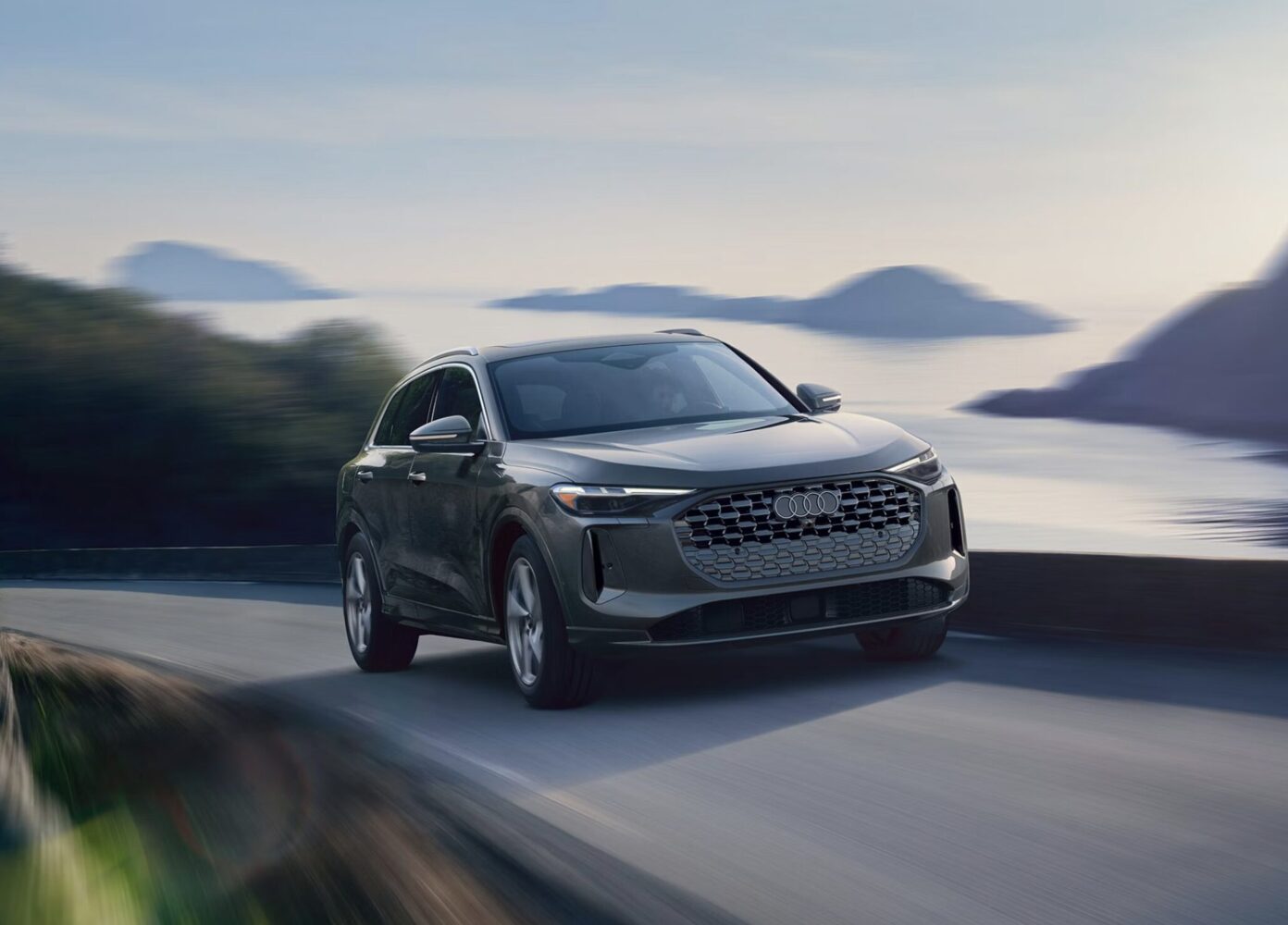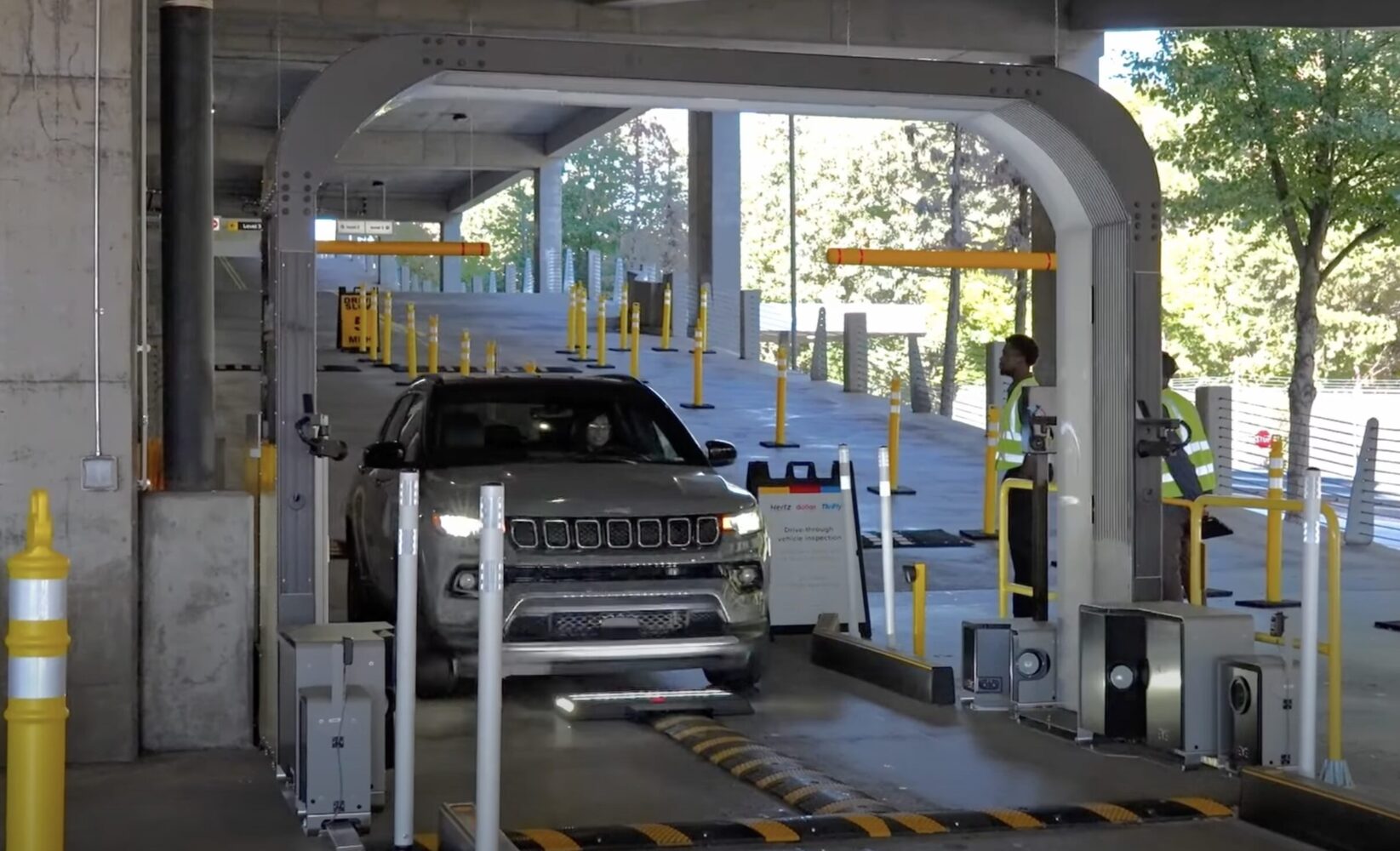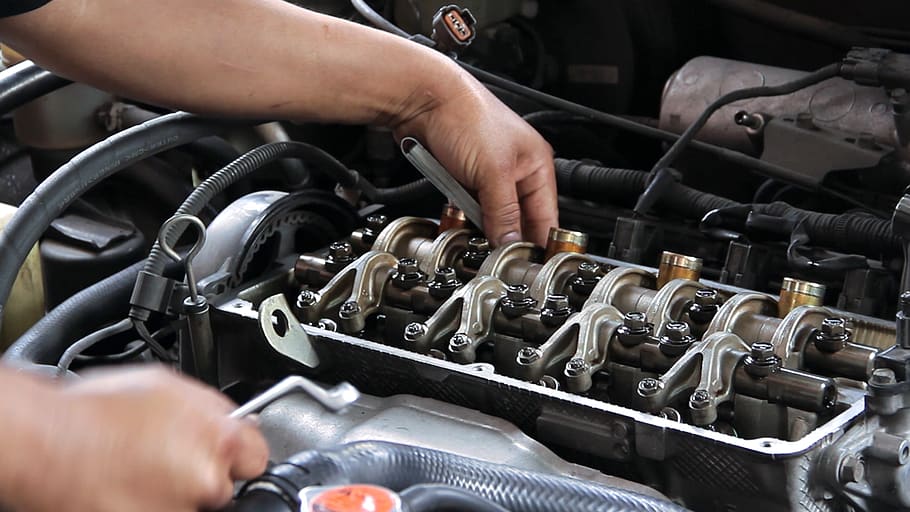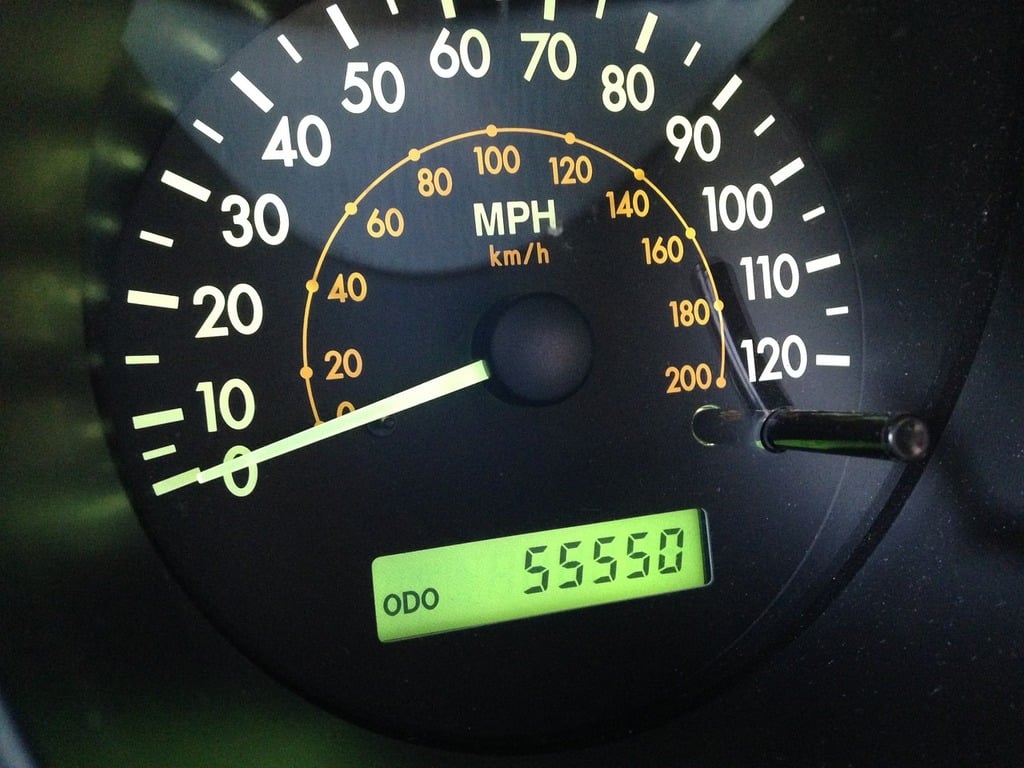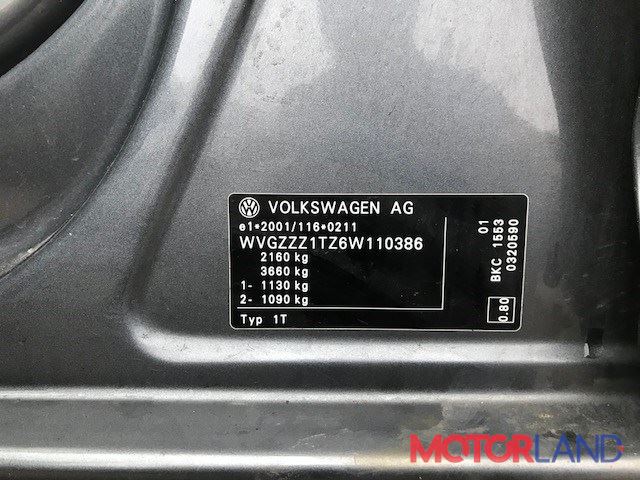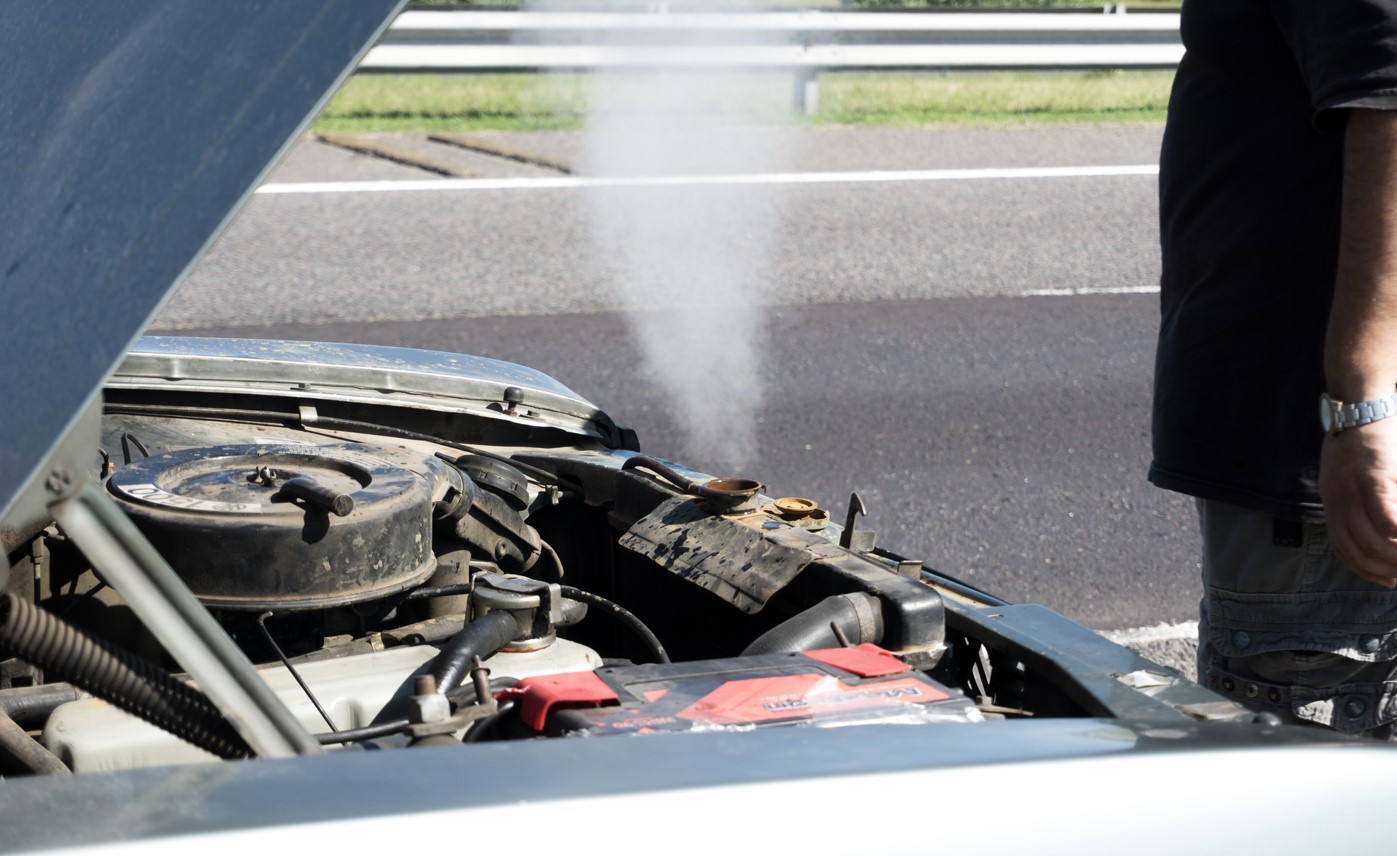Celebrating Honda‘s 75th anniversary this year reveals buried automotive treasures that never saw daylight. Among them sits a V8 sports car concept that could have rewritten supercar history two decades before the NSX arrived. The oil crisis didn’t just spike gas prices in 1973—it murdered Honda’s V8 supercar dreams before they could take their first breath.
While everyone knows Honda as the company that builds reliable Civics and eventually gave us the NSX, few realize they nearly beat their timeline by two decades. Corporate archives now show Honda was dead serious about building a mid-engine exotic that would have taken the fight directly to Ferrari and Lamborghini, before these companies evolved to develop supercars.
Motivation for this ambitious project came straight from Honda’s legendary takedown of General Motors. After GM’s CEO dismissed CVCC technology as suitable only for “some little toy motorcycle engine,” Soichiro Honda air-freighted a 1973 Chevrolet Impala to Japan, retrofitted it with CVCC heads, and sent it back to pass EPA emissions tests. The message was clear: if their clean combustion tech could tame a 350-cubic-inch American V8, imagine what it could do in a purpose-built machine.
Engineering teams developed two distinct approaches for the sports car program. The mid-engine layout looked like it escaped from Pininfarina’s drawing board, with sharp lines that wouldn’t look out of place next to a Ferrari Dino 246 GT. The front-engine variant took a more conventional approach, resembling what Nissan would eventually build with the 300ZX.
CVCC technology promised to deliver clean performance without catalytic converters, using a dual-chamber combustion system that burned lean mixtures more efficiently than conventional engines. Applied to a V8 configuration, the system could potentially match the 195 horsepower that Ferrari’s Dino V6 produced while meeting stringent 1975 emissions standards that were crippling American automakers.
Pricing strategy would have positioned Honda’s V8 directly against the Ferrari Dino 246 GT‘s $14,500 base price in 1973. Honda’s production advantages and CVCC efficiency could have undercut Ferrari while offering superior reliability and lower running costs. Clay model development reached full-size prototype stage for the mid-engine variant, suggesting Honda was closer to production than most realize.
Timing killed everything when oil prices quadrupled overnight. Honda’s executives made the smart business call, recognizing that sports cars had become automotive dinosaurs while fuel efficiency became the new religion. The Civic launched in July 1973 instead, winning Car of the Year awards and establishing Honda’s reputation for practical, efficient transportation.
The legacy from this cancelled project shaped everything Honda built afterward. The engineering rigor, obsession with weight distribution, and refusal to compromise on build quality survived the oil crisis and influenced the NSX development seventeen years later. When Honda finally delivered their mid-engine masterpiece in 1990, it carried DNA from the 1973 concept that never was.


